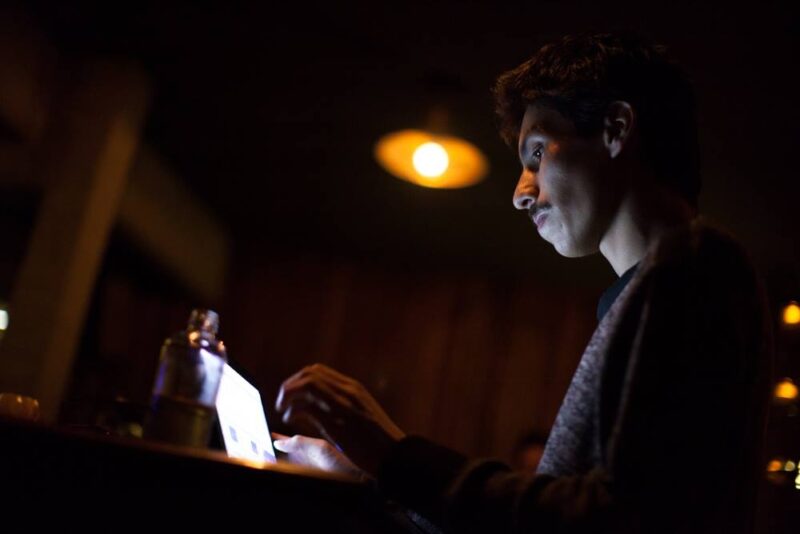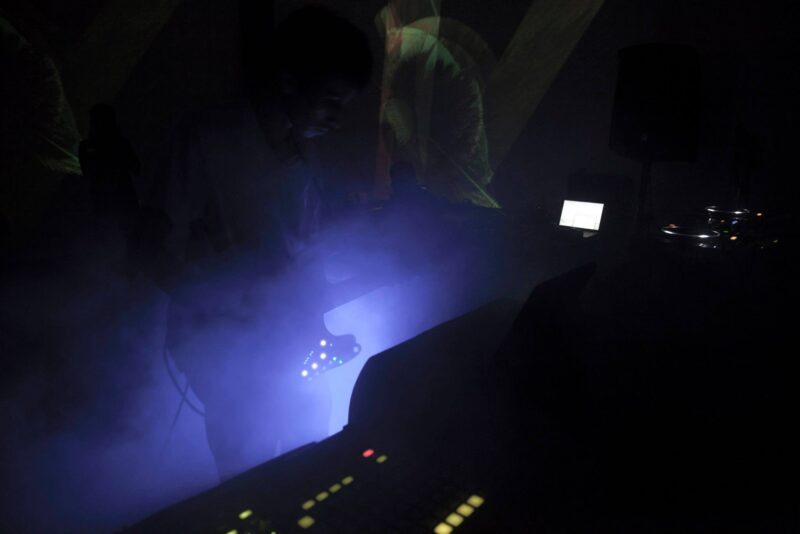As the looped grooves transform, the complex polyrhythms melt together and become a texture. A magnificent fusion of acoustic organic sounds with electronic sounds. Influenced by jazz music, Turning Torso is in search for new sound textures. This music is gathering the attention of labels representing the cutting edge of experimental music. These labels include labels like “Squiggle Dot”, who have been featured in our column in the past, and the “SEAGRAVE” label renown for releasing well polished experimental music. As Turning Torso’s releases the new album, “Leap”, we wanted to know exactly what kind of environment this kind of music was born in. We are interviewing Turning Torso’s David Sanchez in this mini-interview.
Turning Torso, “Leap”
What was the reason you started working with music?
I’ve been doing music for quite a long time and have listened to many kinds of music at different stages of my life. At first I tried to emulate my influences combined with chord progressions and other self-compositions. Later on with more exposure and the need for live sets, my creative process changed to loop oriented live compositions and dancefloor rhythms. At the end the resultant music is just the remaining of an improvisation moment for fun.
In what kind of environment are you living? Have you been influenced by your local music scene?
Mexico City is a megalopolis full of contrasts & chaos. At the same time a lot of different people from all over the world are trying to do art and creative stuff here and it hosts specialized scenes and genres which I follow but my main influence is internet.
Your music is mixed very naturally by the acoustic sound and the electronic sound. How do you make the sound? Could you tell me the process?
I do live looping with processed guitar on Ableton, use midi controllers and the M4L device in Max for Live which is basically a 16-step sequencer that controls a drum rack.
Your music is unique with polyrhythm and texture that the rhythm makes. What have you been influenced for your sound? And what is important for you to make the sound?
Technology and oneiric states of consciousness are concepts that influence my sound and I love the work of Mark Fell, Laurel Halo, Lee Gamble; and labels like Phinery, PAN, UIQ and Seagrave. I think repetition, harmony and the search for new textures is a constant in my sound.
Could you tell about Mexican music scene you are interested in?
It is a broad range within the country but electronic producers like White Visitation, AAAA, Nima Ikki and Camille Mandoki are in constant activity. There is also an experimental scene where artists like Juan Jose Rivas & Gudinni Cortina explore different processes and self-made instruments.

